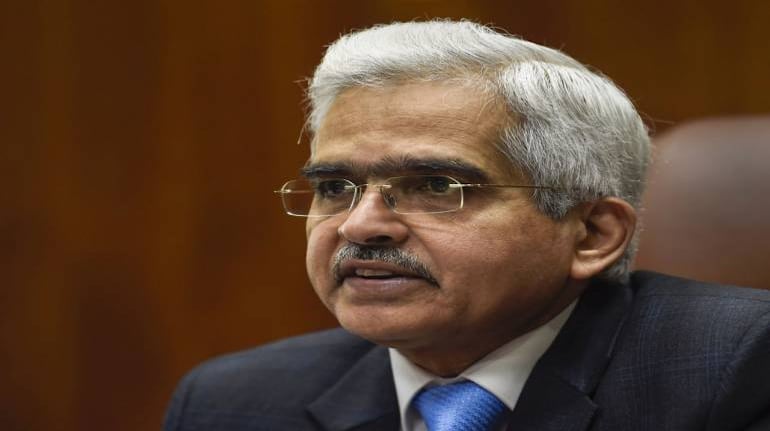The central bank wants to make a liquid secondary market for sale of loan assets. With the proposed relaxations, banks can make some money, if they so want, by selling the loan portfolios to willing buyers at a discount which can be sold again.
On Monday, the Reserve Bank of India (RBI) proposed certain changes to the rules pertaining to securitisation transactions in India and invited public comments.
What’s the idea?
If one leaves out the technicalities, the RBI is attempting significant easing of rules on loan securitisation norms in a bid to develop this market. The central bank wants to make a liquid secondary market for sale of loan assets.
What is a loan securitisation?
In simple terms, this is pooling of loan assets, converting into sellable securities and selling to investors at a discount. In a relaxed regulatory regime, such transactions can be held between two banks, a bank and another financial institution (say an NBFC) or between a lender and an outside fund (Alternative Investment Fund or stressed asset funds).
With respect to non-standard assets, the functioning of securitisation market is pretty similar to that of a bad bank. What does a bad bank do? It also purchases bad loans from financial institutions, typically banks.
Is the sale of risky assets in a securitisation transaction different from what a bad bank does?
The idea of a securitisation deal in stressed assets and a bad bank is not very different. In a developed securitisation market, the securities can be sold in secondary market whereas a bad bank doesn't do this.
But in both cases, the risk is taken off the book of originator. There are some experts who believe that developing securitisation deal norms could be a smart way to address the mounting bad loan crisis as it gives an exit to banks to take loans out of the book.
“The RBI is effectively easing up the securitisation rules to enable greater participation of public sector banks. This could be a smart way of finding an alternative to bad banks, if banks focus on resolution of stressed assets,” said Ashvin Parekh, managing partner, Ashvin Parekh Advisory Services.
What are the major changes proposed?
There are few highlights to the revised guidelines put up for discussion on the RBI's website. First relates to differential treatment for Residential Mortgage Backed Securities (RMBS) compared to other securitisations in respect of prescriptions regarding minimum holding period (MHP), minimum retention requirements (MRR) and reset of credit enhancements.
And the second, a proposal to separate the regulatory guidelines for direct assignment transactions from the securitisation guidelines and the subsumed ones under a separate set of Comprehensive Guidelines on Sale of Loan Exposures.
Also, the revised guidelines have enabled single asset securitisation transactions. A single standard asset or a part of such asset or a portfolio of such assets can also be transferred to financial entities through a loan participation contract.
Will it help banks?
With the proposed relaxations, banks can make some money if they want by selling the loan portfolios to willing buyers at a discount. These can be sold again. This seems to be the idea proposed in two discussion papers published by the central bank for comments.
The idea of bringing in these changed guidelines, the RBI said, is to harmonise the extant guidelines on sale of loan exposures issued through various circulars and make them consistent with the changed resolution paradigm in the form of the Insolvency and Bankruptcy Code and the prudential framework for resolution of stressed assets.
Residential mortgage-backed securities
The revised guidelines follow recommendations of two committees on development of housing finance securitisation market in India and development of secondary market for corporate loans earlier set up by the RBI.
With respect to RMBS, the RBI has raised a question on whether the notes issued in a securitisation deal be mandated to be listed if the issue size is above a certain threshold, say Rs 500 crore.
India’s securisation market is picking up. Banks and NBFCs are finding this as a way of raising funds. According to rating agency, ICRA, in the nine months ended December 2019, Indian NBFCs and HFCs raised Rs 1.57 lakh crore through securitisation compared with Rs 1.44 lakh crore in the year-ago period.
“Basically, the RBI is trying to make liquidity available to the institutions by relaxing rules on securitisation. Even the standard assets can be pooled in and sold now if the lender wants to generate some liquidity,” said Naresh Malhotra, a Mumbai-based banking consultant.
Is this a risk to the Indian financial system like what was seen in the US subprime market during the 2008 crisis?
Unlikely. In the US, mortgage-backed securities carrying high ratings changed hands in the form of complex derivative products. The final buyer had no idea about the originator or the health of the portfolio, which ultimately led to a crisis.
Here, the regulator is more cautious. The proposed securities will be simple products that can be traded from the lender to the buyer.













